Beginning of the spying is not known but it is certain that any war marked at least one great spy operation that is generally interrupted wars. Here is the 10 the most successful spy operations of the world but there were many more with whom we meet in history.
1. Bletchley Park, 1940.
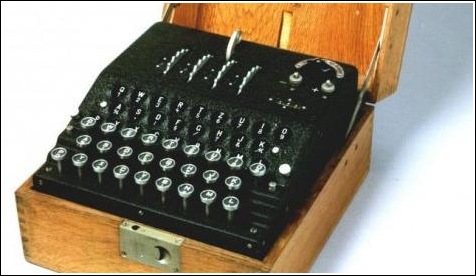
Encryption machine "Enigma" was represented by the German secret communications during World War II. Likely to breach the code by someone who is not familiar with its composition were virtually negligible, so that the Germans believed it was impossible. Decoder from the British National School of encryption and encoding, which had been placed on the property Bletchley Park and the gathering the best of British mathematicians and intellectuals, to solve the task, however, went to the arm and one mistake in the construction of machines, as well as German coder error. From 1940th They decipher the German intelligence signals, which are accepted by telegraph station and changed into a series of encrypted material under the name "Ultra", which Churchill described as a secret weapon that has been obtained by war.
2. Sir George Skovel, 1812.

Skovel was the predecessor of decoders from the 20th century. Velingtonovog as a member of staff during the Spanish war of independence with the French, Skovel was responsible for intercepting and deciphering enemy communications, which at that time to perform encrypted messages. In the spring of 1811th The French are aware that their former codes broken, its key to perfection. Skovel was able to decrypt it within two days. At the end of 1811th Greater Paris introduced a password. Skovel it went to work, and until December 1812, when he intercepted a letter addressed to Napoleon, was able to decrypt the file. In this way, the Wellington provide information crucial to his victory in June, 1813th He later received a knighthood, and became the general manager "Of the Royal Military” College in Sendherstu.
3. Cambridge Spies, 1934.
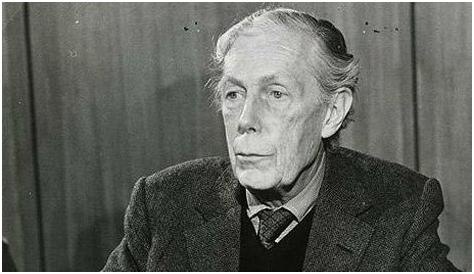
Probably the most capable group of spies who ever worked for a foreign intelligence service. Thirties, they were recruited from Arnold Deutsch OGPU, predecessor of the Soviet KGB. First among them was Kim Philby, who later joined the British MI6. Philby has recommended Donald Maclyn the Foreign Office and Guy Francis De Moncy Burgess, who worked for the BBC, and later for MI6. Burgess has recommended Anthony Blunt (pictured), who worked for the other British service MI5. Blunt has recommended John Kern Cross the Foreign Office. Working together, the five ordered by their Soviet ensure information flow from the heart of British government.
4. Ilijaz Base (Cicero), 1943.
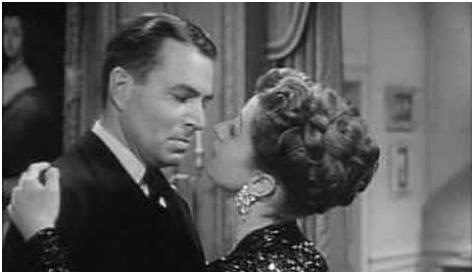
Ilijaz Base (secret name of Cicero), valet of the British ambassador to Turkey during the Second World War, pictures of its documents and sold them to the Germans, but they did not use his material as much as they could. After the war, when he tried to spend what is earned in this way, base revealed that Germans paid him counterfeit money. In the film "Operation Cicero (" 5 FINGERS "), recorded 1952nd The base has played James Mason (in photo).
5. Ben Afra, 1666.
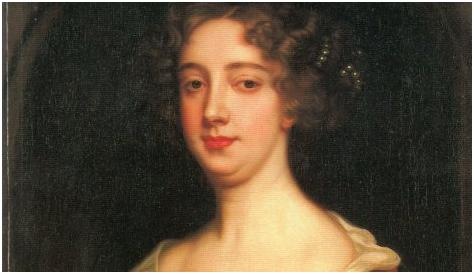
Ben Afra was a writer whose spirit and ability to attract the attention of the court by Charles II.After the outbreak of the Second Anglo-Dutch War 1665th year, Ben was recruited as a political spy to go to Antwerp. There is established and maintained numerous contacts in the country is regularly sent statements, specifically warned in advance of an operation, the Dutch ships to move upstream to the Thames, and burned English ships. Unfortunately, most of her information was ignored and it was never paid. Since the king's service spent all their money, appreciated the imprisonment for debt. Upon release from custody, disgusted work in the service of politics, is supported herself by writing and became one of the first English professional writer.
6. Klaus Fuchs, 1944.
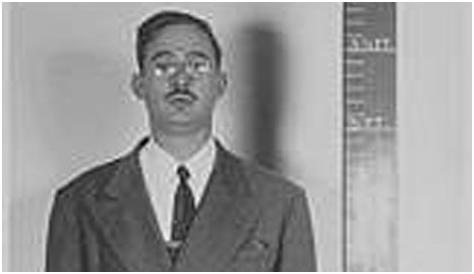
In 1949th The Soviet Union conducted the first test atomic bomb, which caused shock among governments in the West. It was a great success for the Russians, but also the beginning of a new and dangerous phase of the Cold War. Around the same time, decode the message of Soviet intelligence discovered that the plans for the first American atomic bomb leaked at the end of the Second World War, through the British scientists. The investigation pointed to several possible traitors, and during the test was Klaus Fuchs (picture), a physicist who has worked in the U.S. on "Project Manhattan, acknowledged that the Soviets paid all the information he had about the bombs. Fuchs was a German communist who came to Britain before the outbreak of war, and received British citizenship in order to work on highly confidential projects. He was one of several scientists who tell on secrets related to the atomic bomb.
7. Colonel Oleg Penkovsky, 1962.
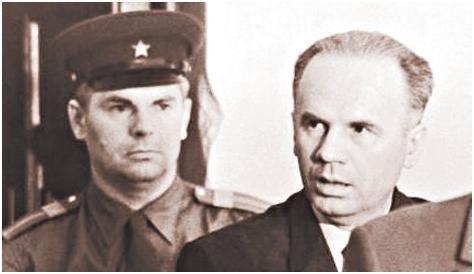
Penkovsky was an officer in the Soviet intelligence service (GRU). Their service is first offered to the Americans (1960), but the CIA refused. MI6 is believed the authenticity of his offer, and he in turn provided the details of the Soviet missiles and guidance systems, which have discovered that the Soviets have advanced as far as Western thought. His information has proven to be crucial in easing the Cuba missile crisis. He was released and arrested in October 1962, after which he put to death. His man for a relationship, a British businessman Grevin Wine, was also arrested, and later was released during the exchange of spies.
8. Francis Walsingham, 1586.
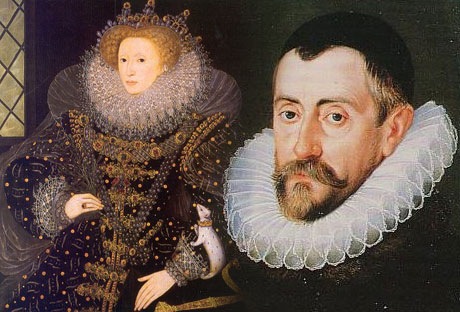
Francis Walsingham british spy Queen Elizabeth I causes admiration to their patience and professional skill, which enabled him and his most spyware success. Elizabeth refused to Mary Stuart, Queen of Scotland, condemned without proof of a conspiracy, and Walsingham sent to Stuart his agent, who introduced himself as a Catholic and a friend suggested to her a secret system of communication through messages hidden in barrels of beer. He later used this system to obtain its consent to the plot Antonio Bebington with support for the invasion of Spain. Bebington was arrested and tortured to death, and Elizabeth agreed to executed Mary Stuart (right image).
9. Double-fraud, 1941.

Messages that are decode in Bletchley Park in a timely manner MI5 warned that the German spies sent to Britain, so most of them are easily found and arrested or executed. MI5 came to the idea that useful if captured spies were convinced to return to his former life and work of British, German misleading intelligence, and so began a system of double deception, which the Nazis brought the regular flow of misinformation. By the spring 1942nd it became clear that MI5 control all German agents working in Britain and the Germans successfully mislead misleading statements. These agents have posted false information on the position of a rocket, "V1" and "V2", which led to a change of plans, and played a crucial role in the fraud Hitler when it comes to landing sites in Normandy.
10. Oleg Gordievsky, 1983.

Gordievsky KGB officer has become the most important British agent in the late stages of the Cold War. His arrest is a warning of possible activities of MI5 agent who is a secret document sent to the Soviet Embassy. In 1983 when the Soviet leaders misinterpreted the NATO military exercises in preparation for a nuclear strike, warning that the West has sent Gordievsky allowed the situation to calm down. Finally he became suspicious and was invited to return to Moscow, where he studied under the influence of drugs, before he managed to flee across the Finnish border.










